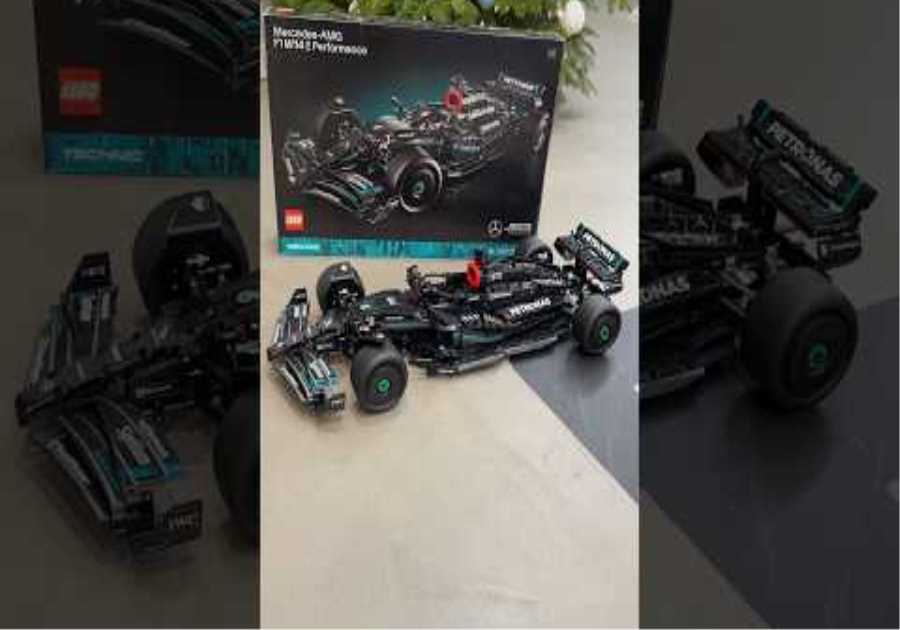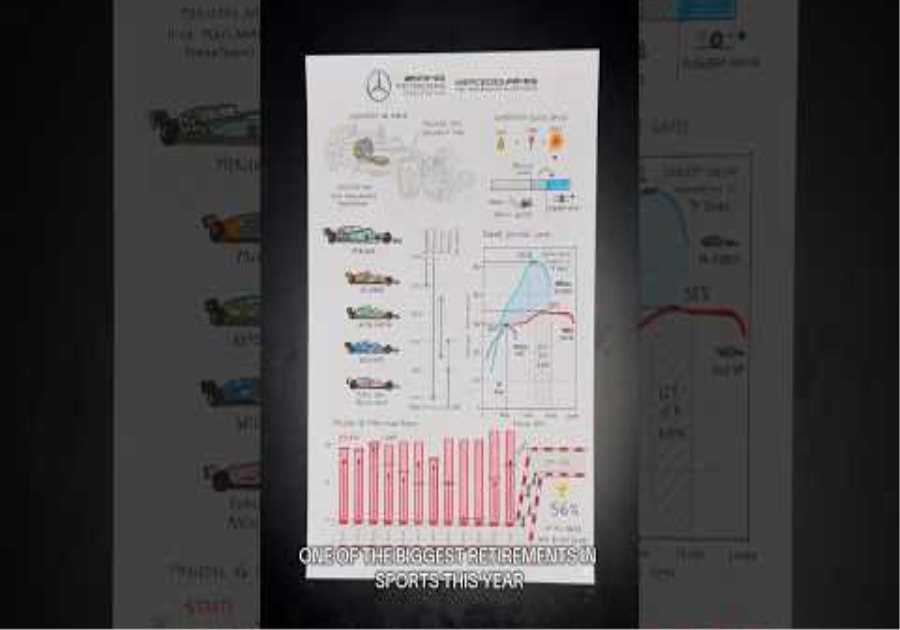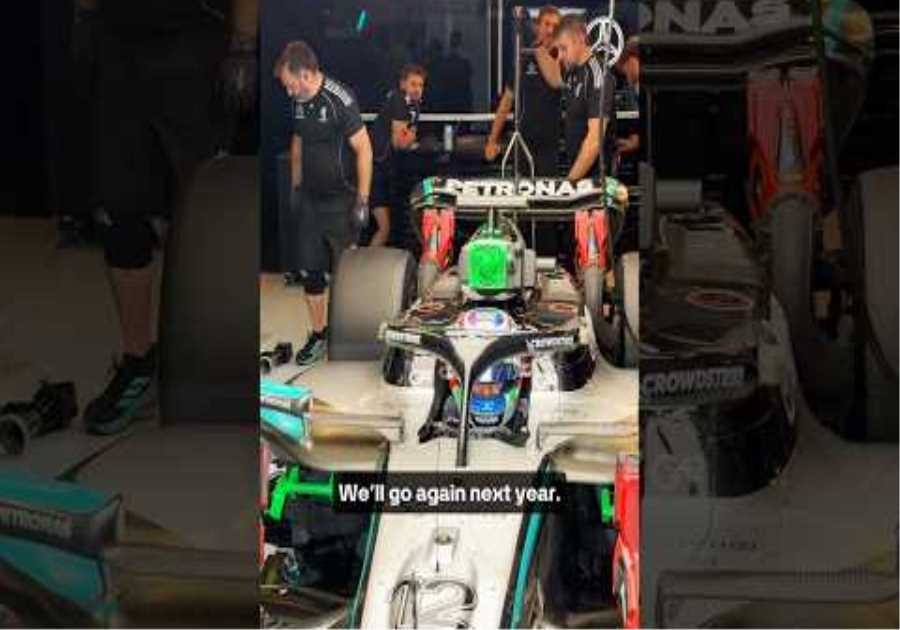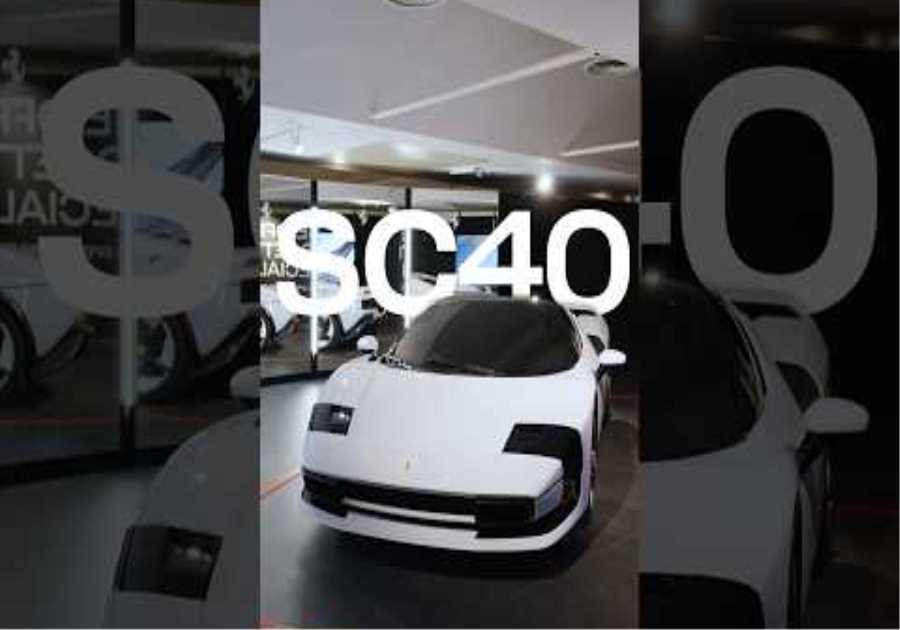Stay up to date with everything that is happening in the wonderful world of AM via our LinkedIn community.
EOS, a leading supplier of industrial 3D printing technology, and Sauber Technologies, the company devoted to bringing Sauber’s Formula One mindset and innovation to businesses all over the world, signed a three-year AM technology partnership at the F1 Grand Prix in Barcelona, Spain , last weekend. The partnership includes installation of a new EOS P 500 for polymer parts production.
The partnership will initially focus on constantly optimizing and manufacturing aerodynamic spoiler designs, end-use parts for race cars, and production aids. Both companies are bringing their respective longstanding industry expertise to the partnership – with the aim of jointly expanding the use of AM in motorsports and beyond.
The Alfa Romeo F1 Team ORLEN (Sauber F1) and Sauber Technologies are major first adopters of AM technology, having previously worked with Additive Industries on metal AM parts and with 3D Systems on SLA technology for prototyping.
Markus Glasser, Senior Vice President EMEA at EOS commented: “We see AM applications in F1 for prototyping and serial production where reproducible part quality is key. Together with Sauber we are aiming to set new benchmarks here. With more serial AM applications in F1, automation will be essential too, enabling higher productivity and reduced costs per part. Sauber is the first customer for polymer-based AM, integrating this into its production, including installing an EOS P 500 system.”
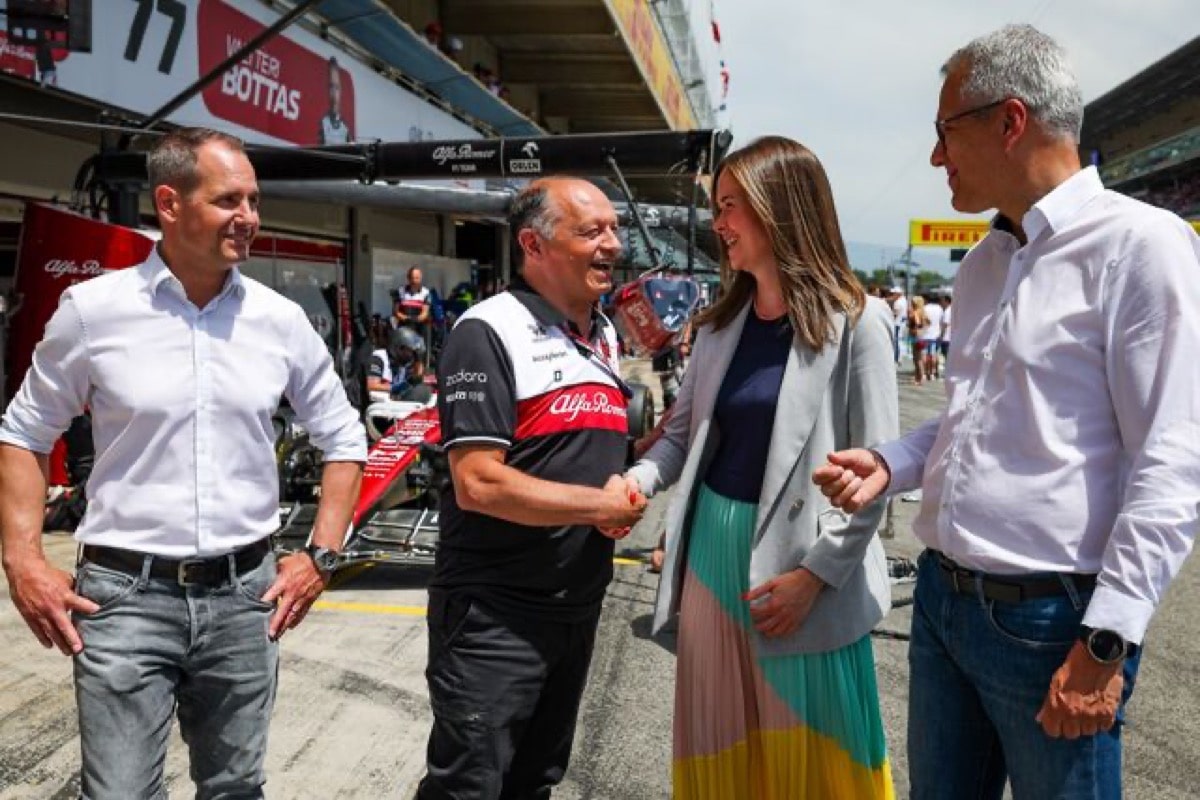
Christoph Hansen (COO Sauber Technologies), Frédéric Vasseur (Team Principal Alfa Romeo F1 Team Orlen), Dr.-Ing. Tina Schlingmann (Head of Sales EMEA, EOS), Markus Glasser (SVP EMEA, EOS), (Source: Sauber Motorsport)
Driving innovations fast
In Formula 1 (F1), innovation cycles are extremely short, thus requiring variants of a part to be adjusted and manufactured quickly. The competitive pressure is high. At the same time, the racing industry demands innovative and often unusual designs that meet the guiding principles of faster, lighter – and always safer.
Here, additive manufacturing (AM) is a perfect enabler of short development and production cycles. The technology permits a simplified implementation of lightweight structures as well as functional integration, at the same time drastically reducing lead time and enabling faster iterations.
Christoph Hansen, COO of Sauber Technologies, added: “EOS and Sauber share the same passion for application-driven design and the highest quality standards, which we want to offer in motorsports and beyond. EOS’s company culture is a perfect fit for us, which is why we decided to enter this partnership. From a technology perspective, we co-operate with EOS because its ecosystem of partners and sister companies not only enables the end-to-end solutions we need, including automation but provides us with highly custom solutions via AMCM (Additive Manufacturing Customized Machines). ”
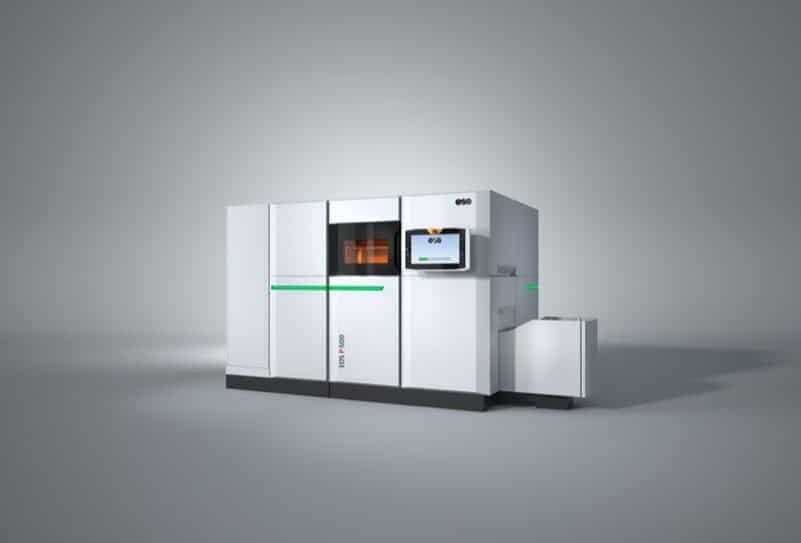
Formula EOS P 500
Sauber will be installing an EOS P 500 system in 2022, enabling them to scale up applications towards serial production in the future, with an option to include automation solutions. They will initially use the Polyamide 12 PA 2200 material.
The EOS P 500 has a build rate twice as fast as the fastest laser-sintering system currently available in the polymer sector (EOS P 396). It has two powerful 70-watt lasers for precise energy input into the powder during material melting. Unlike previous EOS systems, the EOS P 500 brings the material to optimum processing temperature before application, thus shortening the time required for recoating and exposure.
Preheating and cooling of the interchangeable frame (with the 3D printed part) after production optionally takes place outside the EOS P 500. As such, a new production process can be started just fifteen minutes after completing a build job. The system needs to be cleaned less frequently and serviced only once a year, so the uptime of the EOS P 500 is up to 75 percent higher, compared with predecessor systems and competitor models.
The system can be seamlessly integrated into existing MES/ERP systems and at the same time includes a range of solutions for process monitoring and system integration. This enables quality assurance on an industrial scale by evaluating extensive sensors as well as camera-based measurement data (optical and thermal).

